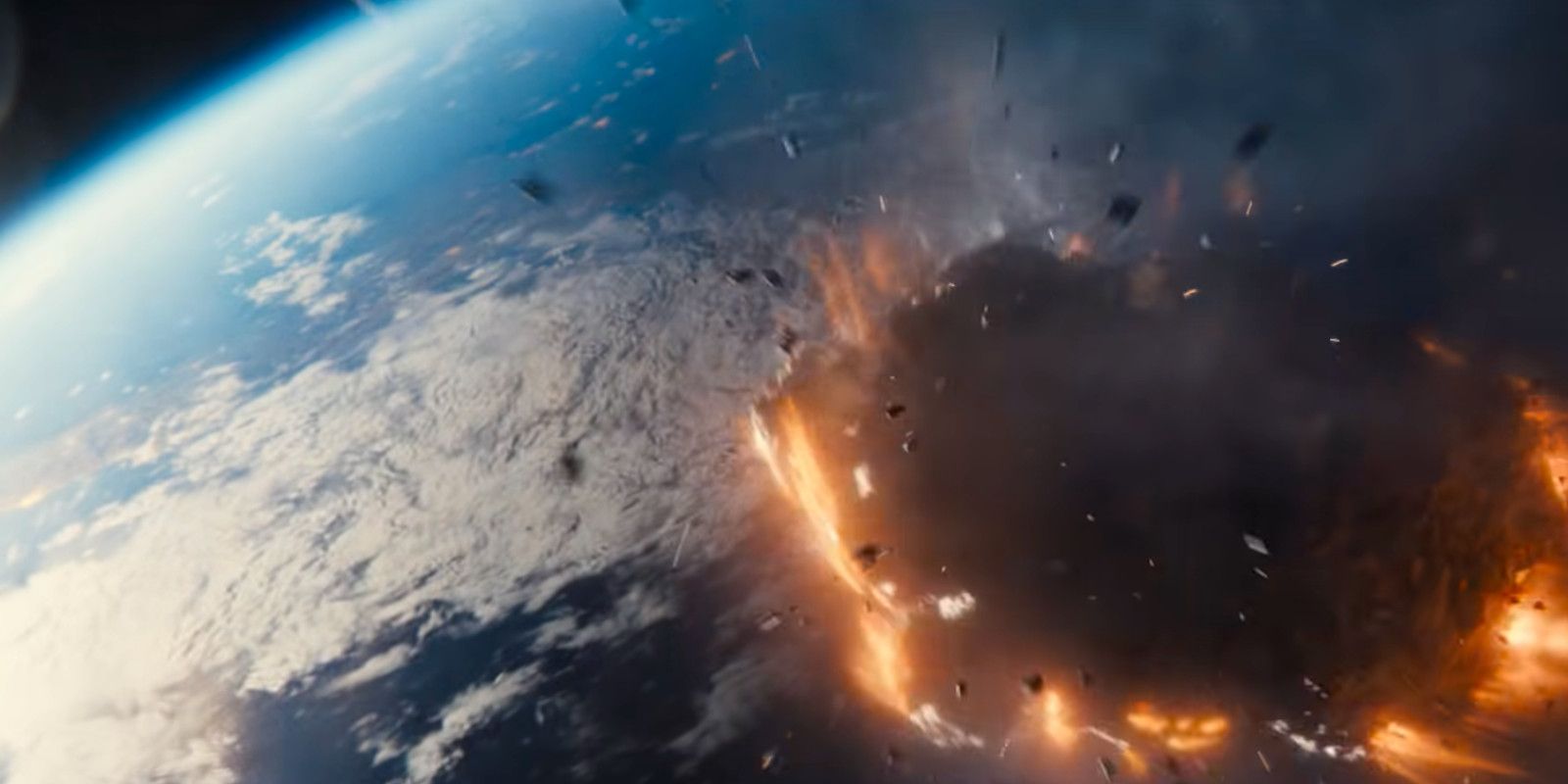Scientists reveal that the comet featured in Don’t Look Up could have been destroyed. The Netflix feature, which debuted in December, follows two astronomers in their desperate attempts to warn the world about an imminent extinction-level event. Though it garnered somewhat average reviews, the film quickly rose to become the second most-watched in Netflix's history.
Helmed by Adam McKay, Don’t Look Up boasts a star-studded ensemble led by the likes of Leonardo DiCaprio and Jennifer Lawrence. They're joined by fellow Hollywood A-Listers Meryl Streep, Cate Blanchett, Jonah Hill, Ron Perlman, and Timothee Chalamet. The film, which McKay conceived as a message about climate change and humanity’s perceived decision to continuously ignore it, has proven a lively source of debate online. Dividing audiences and critics, Don’t Look Up received criticism for its heavy-handed use of satire, with some susggesting that McKay’s societal and climate change message was too direct.
In a paper posted by arXiv.org (via CBS), scientists now reveal that the comet featured in Don’t Look Up could actually have been destroyed in real-life. According to Philip Lubin and Alexander Cohen, the comet from the film, which was intentionally of comparable size to the asteroid which wiped out the dinosaurs, could theoretically have been dispersed by nuclear explosives. Adding that even in “the extreme case of a 6-month warning” human technology was perhaps advanced enough to defend the planet. Check out the full statement below:
“We have shown that for the extreme case of a 6-month warning of the impact of a 10 km diameter (asteroid or comet), humanity could in theory defend itself with an array of nuclear penetrators launched 5 months prior to impact and an intercept one month prior to impact […] humanity could prevent going the way of the dinosaurs who never took a physics class and failed to fund planetary defense.”
“Though the numbers may seem daunting, it is not outside the realm of possibility even at this point in human technological development. This gives us hope that a robust planetary defence system is possible for even short notice existential threats such as we have outlined. Ideally, we would never be in this situation, but better ready than dead.”
Real-life confirmation that the comet could have been destroyed in Don’t Look Up will perhaps add a further depressing dimension to the film. Despite the continuous warnings of Randall Mindy (DiCaprio) and Kate Dibiasky (Lawrence) and the multitude of countermeasures that were suggested to stop it, the film ultimately saw the President (Streep) forgo any chance at saving the world in favor of a theoretical profit margin. Though none of the planet-saving measures conceived in the film, including nuclear explosives, are ever successfully implemented, the suggestion that they likely would have been successful makes the conclusion of Don’t Look Up that much more frustrating.
While it continues to be a source of contention, McKay’s picture has certainly succeeded in generating some discussion around climate change and the response of global governments. Despite any negative reviews, the conversations sparked by Don’t Look Up could arguably prove that McKay has been successful, generating far more open debate than was ever witnessed in the film. On the other hand, the nitpicking which the film has been subjected to could suggest something else entirely: that humanity spends too much time talking rather than acting on a serious message.
Source: arXiv.org (via CBS)


